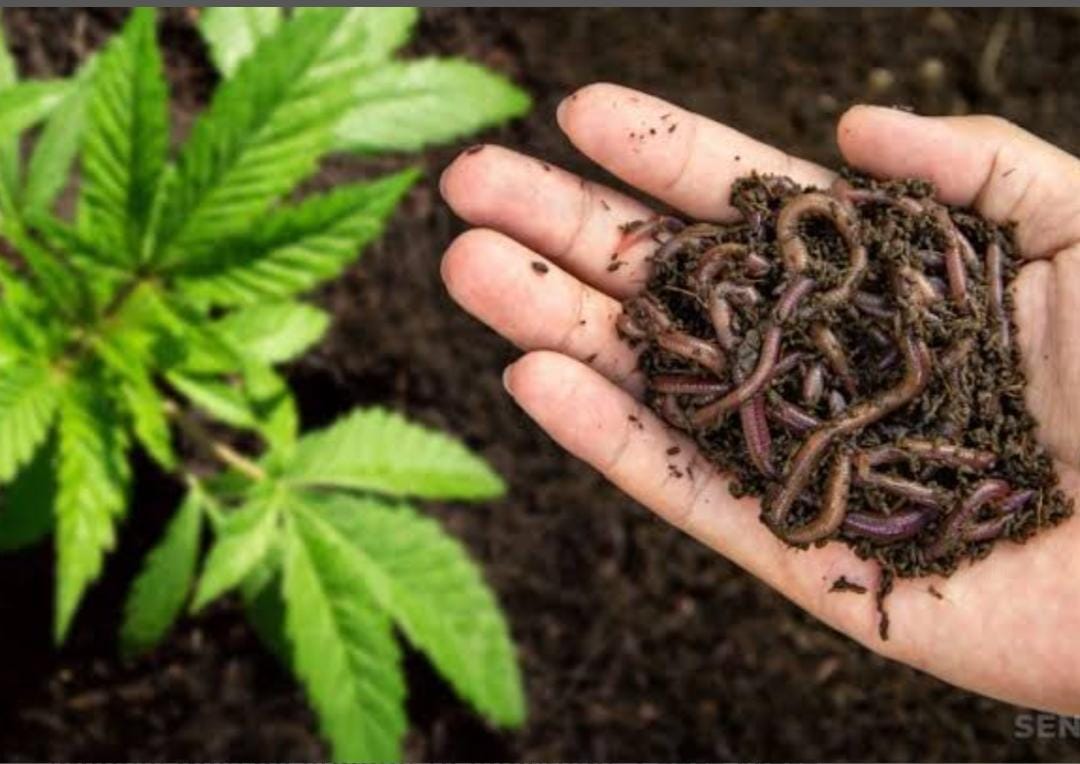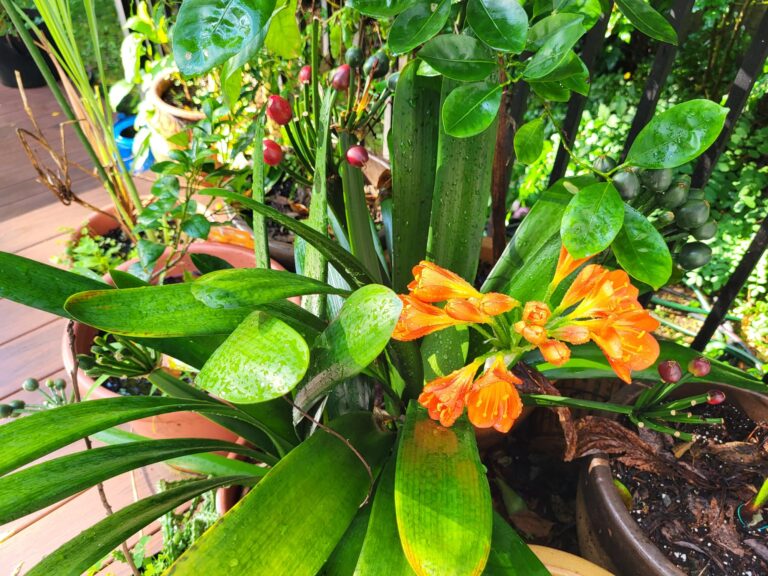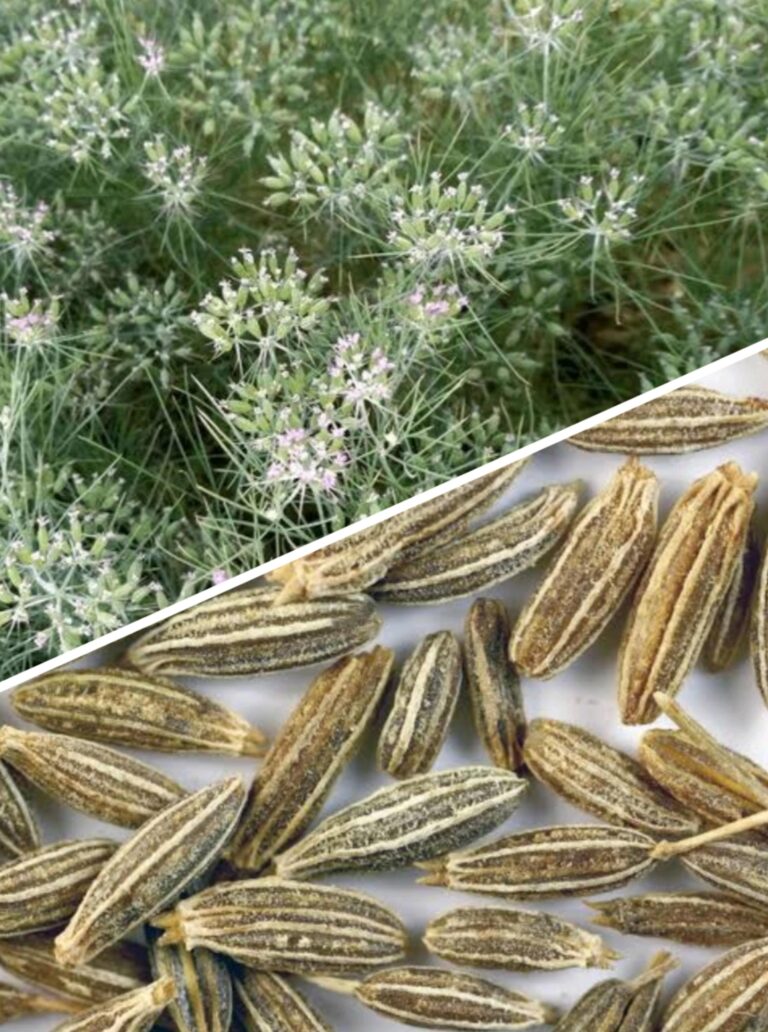Living Soil 101: Exclusive Aspects of Microbial Harmony
Introduction
Beneath our feet is a thriving, dynamic ecosystem known as “living soil,” teeming with minute organisms. Soil is more than just a substrate for plants; it forms intricate networks. These networks are not only necessary for nutrient cycling, but they also allow plants to communicate with one another, laying the groundwork for ecosystem health and productivity. In an earlier blog, we discussed different types of soils, their nutrient compositions, and uses. This blog delves into the intricacies of living soil, highlighting the synergy between microbes and the remarkable mechanisms of plant communication.
What is Living Soil?
Living soil is a biologically active matrix composed of mineral particles, organic matter, water, air, and a diverse array of species. Bacteria, fungi, protozoa, nematodes, arthropods, and earthworms live and interact with plant roots. Unlike sterile or extensively tilled soils, living soils retain a delicate balance of biotic and abiotic components, which promotes long-term plant growth and resilience.
Living soils are self-regulating. They recycle nutrients, break down organic contaminants, control infections, and improve soil structure. These processes are powered by complex interactions between microbes and plant roots, resulting in symbiotic relationships that have evolved over millions of years.
Microbial Diversity in Soil Ecosystems
The diversity of microbes in soil is astonishing. A single gram of healthy topsoil can contain billions of microorganisms from thousands of species. These can be roughly categorized into four functional categories:
- Bacteria: Bacteria are diverse microorganisms essential for various metabolic processes in ecosystems. They convert nutrients into usable forms and contribute to soil fertility through nitrogen fixation, transforming atmospheric nitrogen into absorbable compounds for plants. As vital decomposers, bacteria recycle nutrients by breaking down organic materials and facilitating the decomposition of waste and dead organisms. Their roles support ecosystem health and enhance agricultural productivity.
- Fungi: They include saprophytic and mycorrhizal species, and play a crucial role in ecosystems because of their hyphal networks. These networks improve the acquisition of essential nutrients, such as nitrogen and phosphorus, and help maintain living soil structure. Saprophytic fungi decompose organic matter, which enriches the soil, while mycorrhizal fungi form symbiotic relationships with plant roots to enhance nutrient and water uptake. Together, these fungi promote soil health and contribute to a balanced ecosystem.
- Actinomycetes are filamentous bacteria that decompose complex organic materials like cellulose and chitin, contributing to nutrient cycling and soil health. Their branching, mycelium-like structure allows them to thrive in various environments, including soil and water. Some species are also significant in biotechnology and medicine for producing antibiotics and other bioactive compounds.
- Protozoa and nematodes are key microbial predators in ecosystems that regulate bacterial populations by consuming them. This prevents any single bacterial species from dominating and facilitates nutrient cycling by releasing essential elements, nitrogen, and phosphorus from digested bacteria. Their activities enhance soil fertility, support plant growth, and promote biodiversity, contributing to a dynamic ecosystem.
The interactions between these groups create food webs that influence soil fertility, texture, water retention, and plant health.
The Rhizosphere: A Hotspot of Activity
The rhizosphere, a thin zone of soil surrounding plant roots, contains the most abundant and active microbial life. Plants release a variety of organic substances, known as root exudates, which include sugars, amino acids, flavonoids, and organic acids. These exudates provide food for soil microorganisms and alter microbial community makeup.
In turn, microorganisms in the rhizosphere help plants in a variety of ways:
- Phosphate-solubilizing bacteria transform insoluble phosphorus into forms that plants can absorb
- Nitrogen-fixing bacteria, such as Rhizobium in legumes, convert atmospheric nitrogen to ammonia
- Mycorrhizal fungi improve water and nutrient intake by increasing the root’s surface area.
Mutualistic relationships in the rhizosphere are examples of microbial synergy, which occurs when organisms collaborate to generate a more conducive environment for all.
Symbiotic Relationships: Mycorrhizae and Beyond
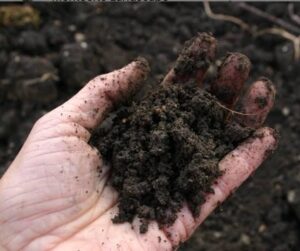
One of the most studied symbiotic connections is that of plants and mycorrhizal fungi. These fungi colonize plant roots, forming huge networks known as mycelia that extend well beyond the root zone.
There are two main types of mycorrhizal associations:
- Arbuscular mycorrhizal fungi (AMF) establish significant symbiotic relationships with the roots of plants by penetrating their cortical cells. This interaction enhances nutrient absorption, particularly of phosphorus, and improves overall soil health. AMF are present in over 80% of plant families and play a crucial role in promoting plant growth and ecosystem functioning. This indicates that many terrestrial plants rely on this beneficial partnership to thrive.
- Ectomycorrhizal fungi are vital in forest ecosystems as they form a protective sheath around tree roots, enhancing nutrient and water absorption in exchange for carbohydrates. This symbiotic relationship promotes plant health, improves soil structure, and boosts biodiversity. Additionally, their extensive hyphal network plays a significant role in nutrient cycling within these environments.
Moreover, Mycorrhizae improve nutrient uptake, particularly phosphate and micronutrients, and provide tolerance to drought and diseases. In exchange, the plant provides the fungi with carbohydrates via photosynthesis.
Other significant alliances include:
- Endophytic bacteria and fungi are microorganisms that reside within plant tissues, often without harming the host. They enhance plant resilience to environmental stresses like drought and pathogens by improving nutrient uptake, regulating hormones, and producing beneficial compounds. This mutualistic relationship promotes plant health, growth, and productivity.
- Cyanobacteria are vital for nitrogen fixation, especially in non-leguminous plants like cycads and lichens. They convert atmospheric nitrogen into a usable form for plants, improving soil nutrient availability. In cycads, they live in coralloid roots, aiding growth in nutrient-poor conditions. In lichens, they partner with fungi, supplying nitrogen essential for the organism’s survival. This mutualism is key for ecological balance in nitrogen-limited habitats.
These connections demonstrate the cooperative nature of soil life and its critical function in terrestrial ecosystems.
The Soil Food Web and Nutrient Cycling
The soil food web is a complex network of organisms that feed on and degrade organic waste. It is composed of primary decomposers (bacteria and fungi), secondary consumers (protozoa and nematodes), and higher-level predators (arthropods and small mammals).
Each tier in the web plays a specific role:
Decomposers are essential in ecosystems as they break down organic matter, like dead plants and animals, using enzymes to convert complex compounds into simpler substances. This process recycles nutrients and releases vital elements such as nitrogen, phosphorus, and sulfur into the soil, enhancing fertility and supporting plant growth, which in turn sustains the food web.
Bacterial and fungal predators are essential to the ecosystem as they release nutrients accessible to plants. By breaking down organic matter in the soil, they aid in nutrient cycling and produce byproducts rich in minerals. Consequently, nutrients like nitrogen, phosphorus, and potassium become available for plant roots, promoting healthy growth and overall vitality. This relationship underscores the importance of soil health and microbial diversity in supporting plant life.
Detritivores, including organisms like earthworms, play a crucial role in enhancing living soil health and structure. As they burrow through the soil, they aerate it, which improves the flow of air and water within the soil profile. This aeration is vital for root development and overall plant health. Additionally, their movement creates channels that facilitate the infiltration of water, allowing it to penetrate deeper into the soil. This process helps prevent surface runoff and promotes better water retention, ultimately contributing to a more resilient and productive ecosystem.
Microbial Quorum Sensing and Chemical Signaling
Microbial communities in soil do not work in isolation; instead, they coordinate their behavior using a technique known as quorum sensing. This type of chemical communication involves the release of signaling molecules, such as acyl-homoserine lactones (AHLs) in Gram-negative bacteria and oligopeptides in Gram-positive species.
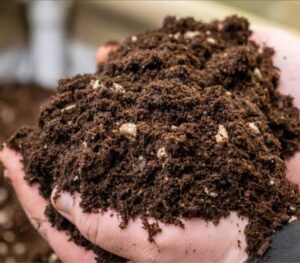
When a critical concentration of these molecules is reached, microbes collectively alter gene expression to:
- Form biofilms.
- Produce secondary metabolites.
- Activate defense mechanisms.
- Initiate symbiotic interactions with host plants.
Quorum sensing enables microbial communities to adapt to environmental changes, resist antibiotics, and optimize their metabolic output—thus enhancing their survival and functionality within the soil.
Plant-Microbe Crosstalk: A Two-Way Dialogue
Plants and bacteria communicate constantly through biochemical processes known as a “molecular dialogue.” This relationship starts with plant root exudates, which attract certain microbial species. In response, helpful bacteria produce signaling molecules known as elicitors or microbe-associated molecular patterns (MAMPs).
When plant receptors detect MAMPs, they trigger:
- Induced systemic resistance (ISR) is a broad-spectrum immunological response
- Hormonal modulation, such as increased auxin and cytokinin levels, promotes root development
- Gene expression changes, improving nutrition absorption, and stress tolerance.
This reciprocal connection promotes a specific microbial population surrounding each plant species, maximizing mutual benefits and preserving a healthy soil microbiome.
The “Wood Wide Web”: Interplant Communication
Recent findings have revealed that plants can interact with one another via networks of mycorrhizal fungi, a phenomenon known as the “Wood Wide Web.” These underground networks connect individual plants from the same or distinct species, allowing them to share nutrients and information.
Key features of this interplant communication are:
- Carbon transport from photosynthesis-active plants to shaded or younger ones
- Alarm signaling—when attacked by pests, a plant can alert its neighbors to activate their defenses
- Nutrient redistribution ensures the survival of weaker members in nutrient-limited situations
This fungal-mediated communication reveals hitherto unknown levels of cooperation in plant communities, altering our view of ecological competition and mutualism.
Living Soil Health and Human Agriculture
The ramifications of living soil include agriculture and food security. Monoculture, excessive tillage, and a dependency on chemical inputs all have a negative impact on microbial populations and soil structure.

In contrast, regenerative farming approaches foster microbial synergy:
- Cover cropping preserves soil and promotes microbial diversity
- Compost and biochar inputs boost organic matter and microbial biomass
- Reduced tillage conserves mycorrhizal networks and microbial ecosystems
- Diverse crop rotations support a wide range of microbial habitats while also suppressing disease cycles
Such approaches improve soil fertility, minimize reliance on synthetic inputs, and strengthen resilience to climate change, boosting both yields and environmental sustainability.
Emerging Research and Biotechnological Applications
Understanding microbial cooperation in soil paves the path for novel biotechnological applications. Researchers are exploring:
Probiotic soil additions include microbial consortia that are customized to specific crops or regions.
- Biocontrol products use helpful bacteria to reduce living soil-borne diseases
- Genetically modified bacteria are intended to fix atmospheric nitrogen or break down contaminants more effectively
- Metagenomic and transcriptomic methods enable a more in-depth understanding of microbial functions and interactions
The development of “designer soils” and precise microbiome management shows great potential for sustainable agriculture, ecological restoration, and even carbon sequestration.
Challenges and Future Directions
Despite advancements, some obstacles remain in realizing the full potential of living soils:
- Microbial complexity makes it difficult to estimate the effects of introducing new species.
Context dependency implies that beneficial bacteria in one environment may fail in another.
Regulatory frameworks for using transgenic organisms in living soil ecosystems are continually changing.
Future study will benefit from interdisciplinary techniques that combine ecology, molecular biology, and systems science to understand the structure and function of the soil microbiome. Citizen research and farmer-led innovation will also play important roles in translating scientific findings into practical soil management practices.
Conclusion
Living soil is a wonder of biological engineering, with microbial synergy and plant communication supporting life above ground. From nutrient cycling to disease resistance and interplant signaling, soil microbiome interactions are critical to ecosystem stability and agricultural output. Recognizing soil as a living, communicating thing alters our approach to land management and emphasizes the importance of promoting soil health for a resilient future.
As we go deeper—both physically and metaphorically—into the mysteries of the soil, we discover not only the secrets of plant growth, but also the intricate web of life that connects with all living things.

